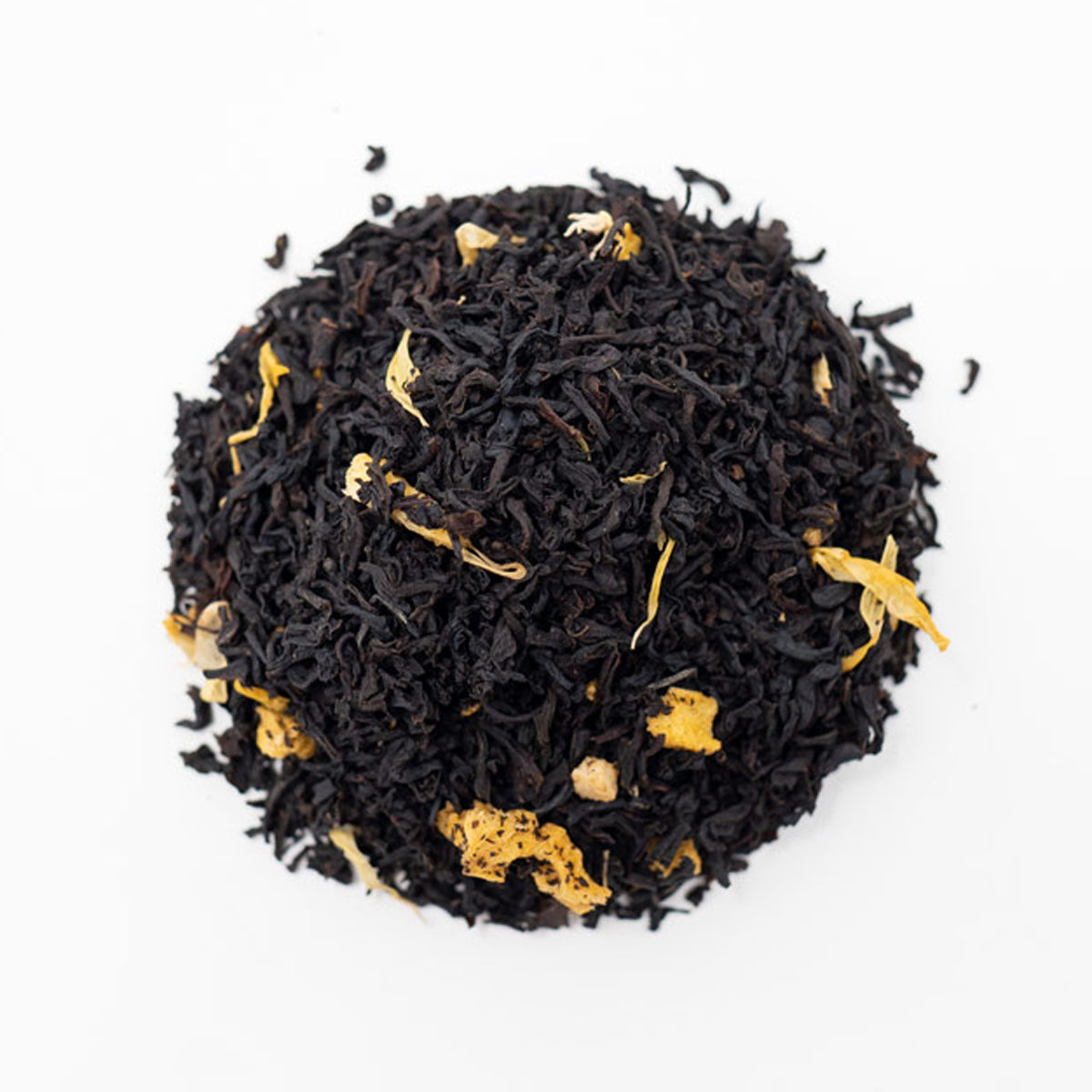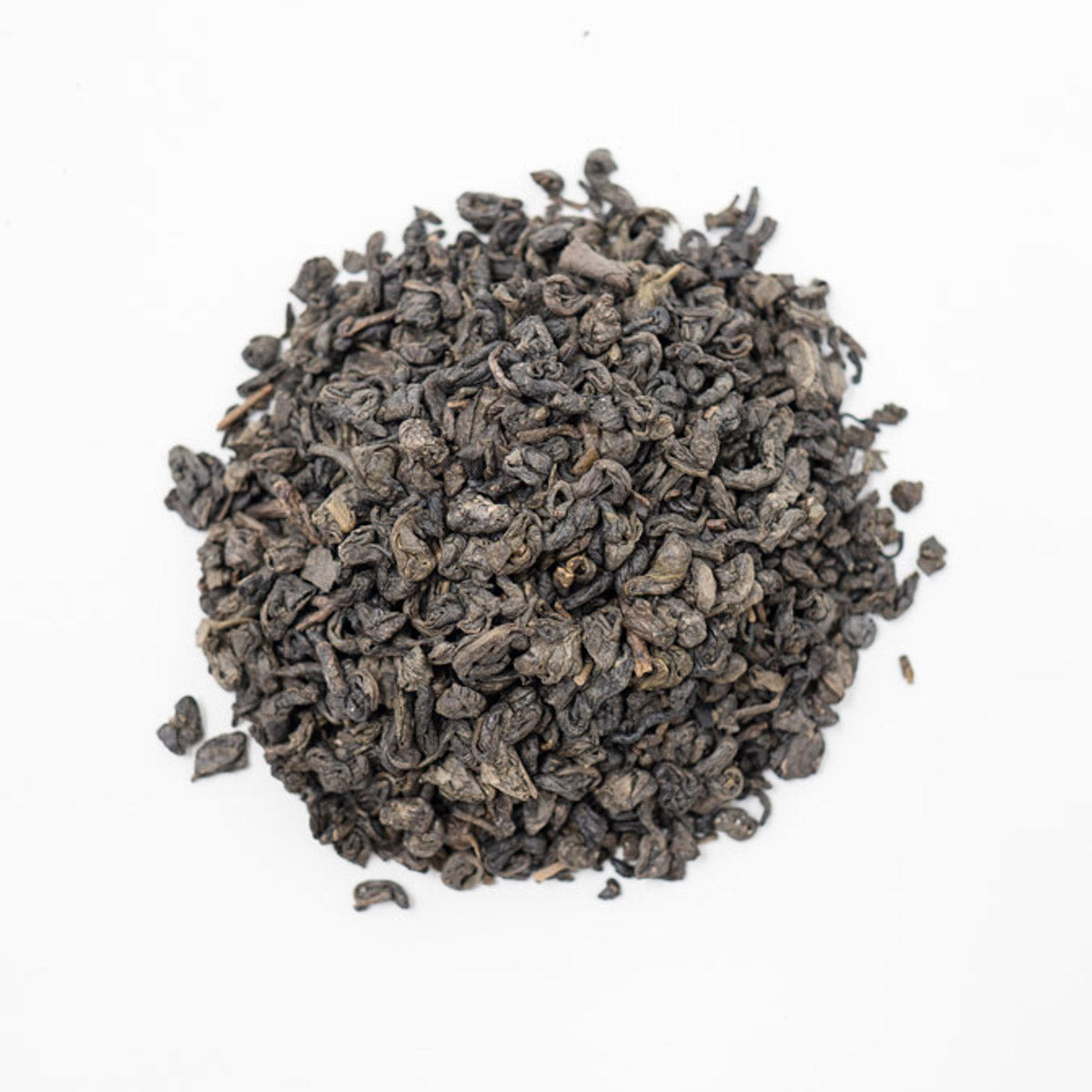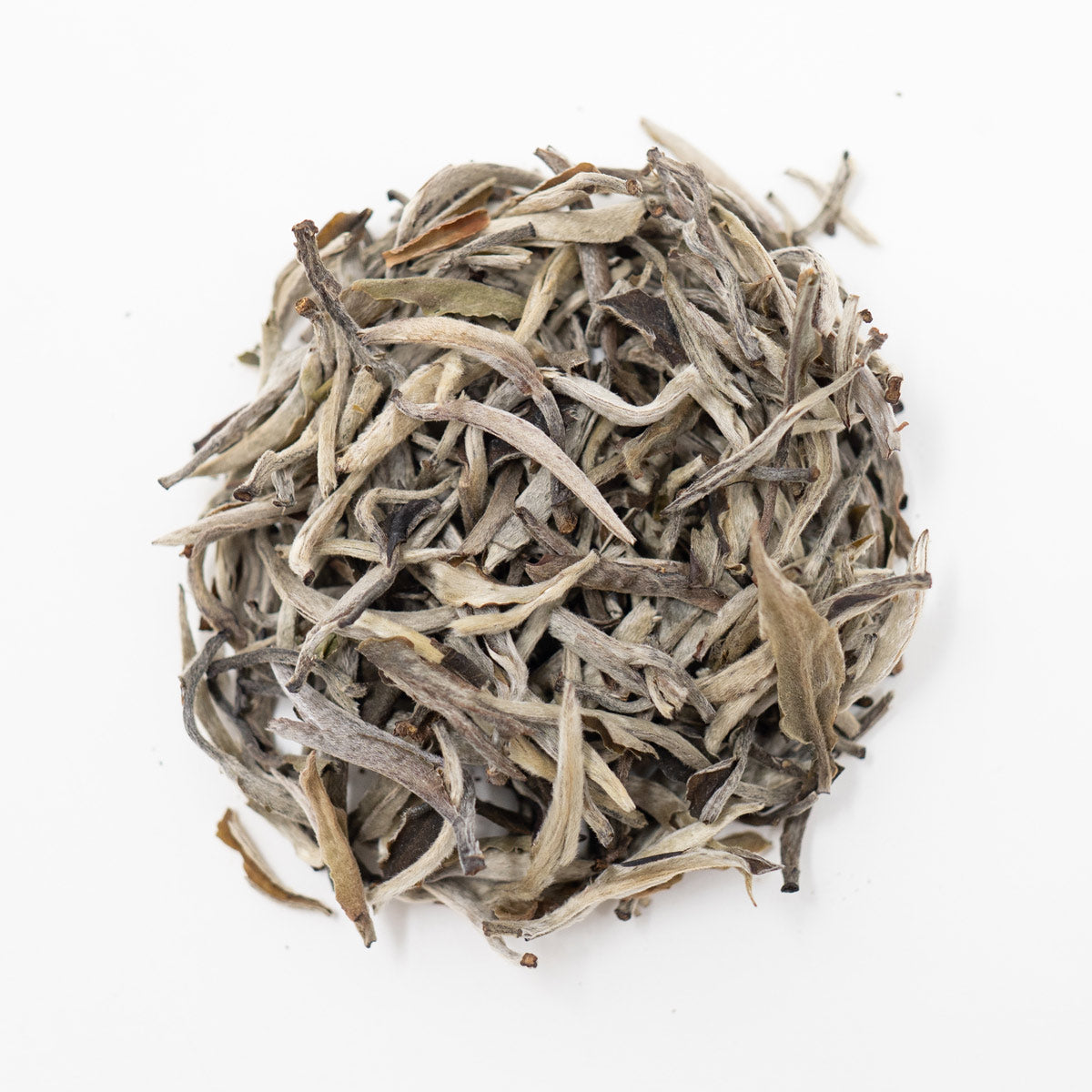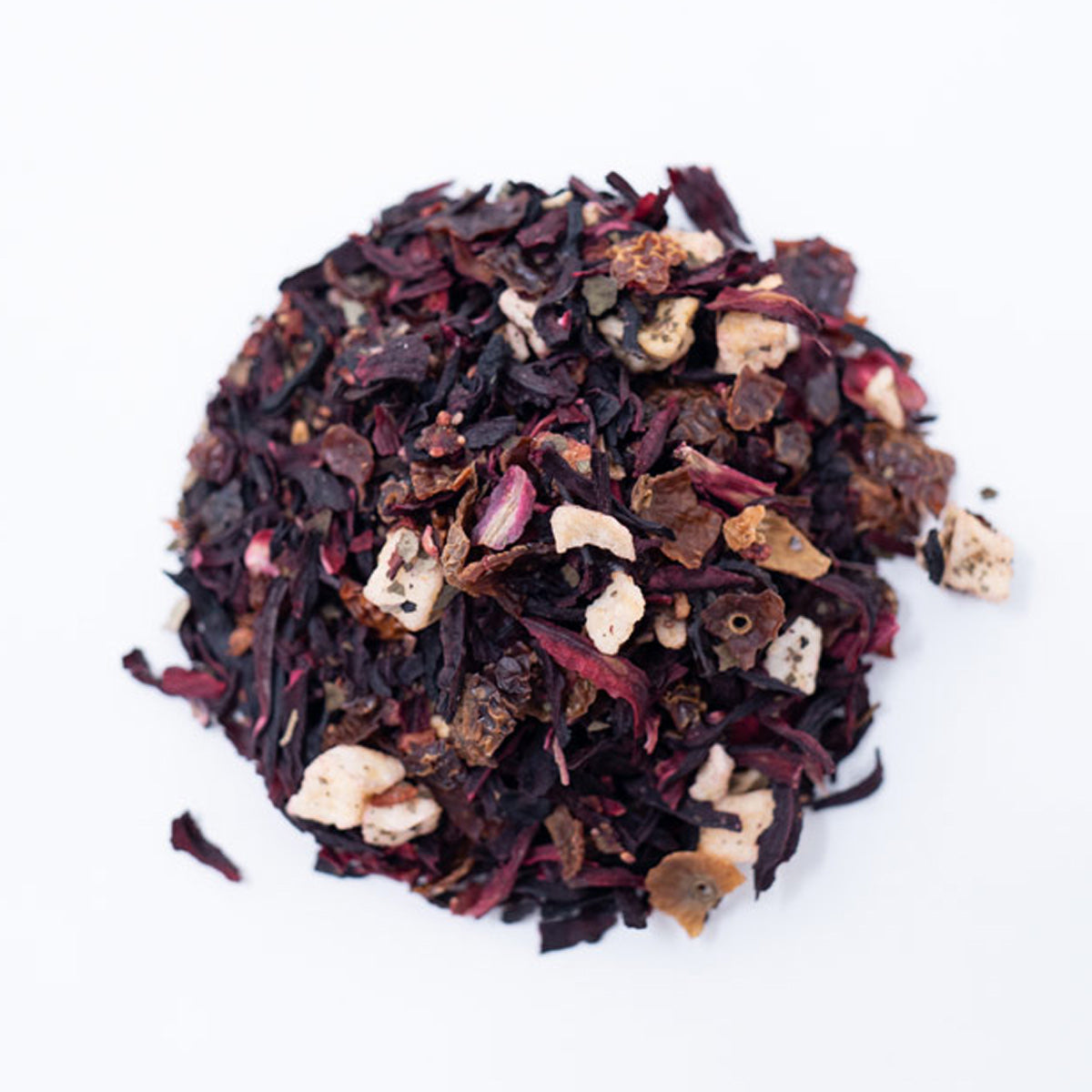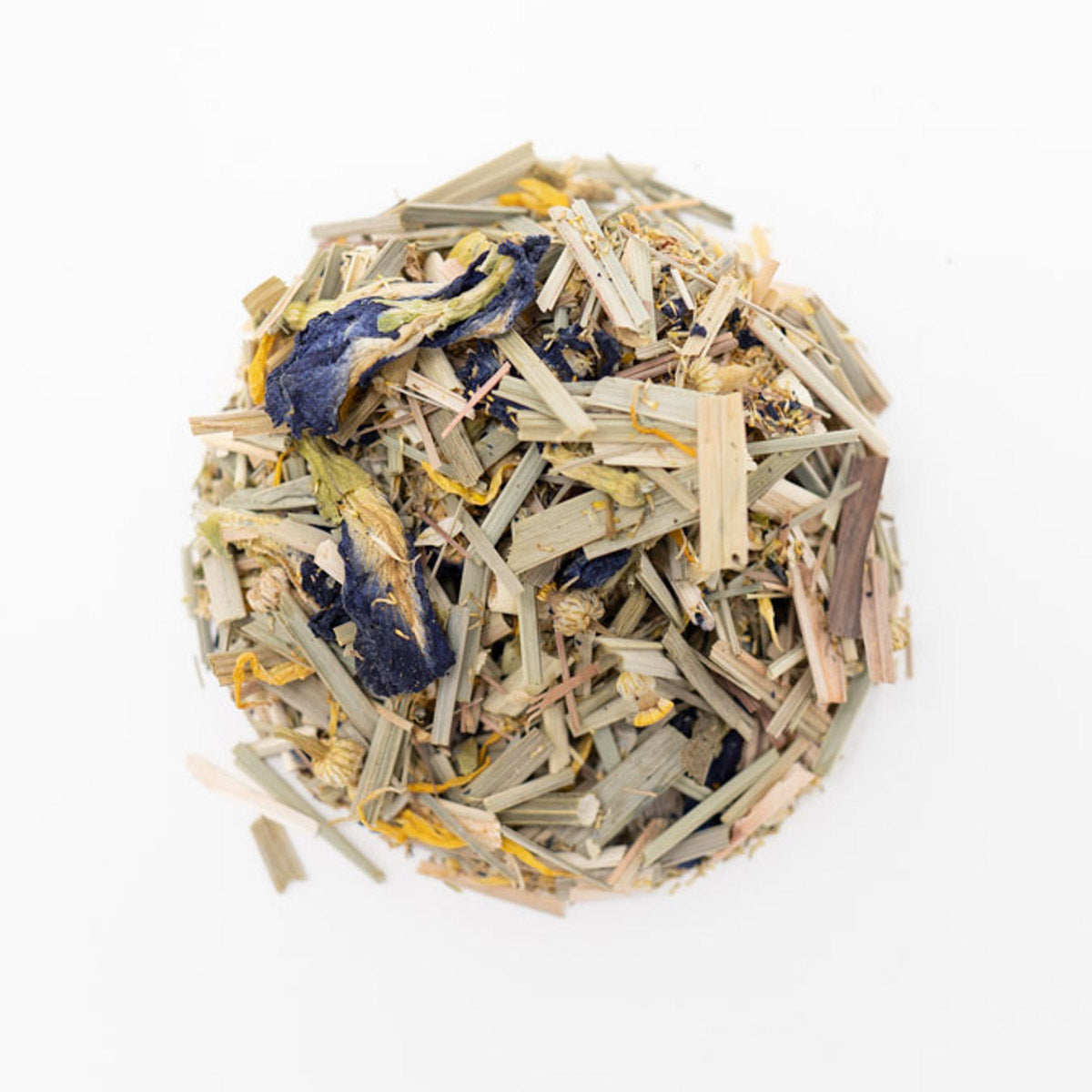Mint | The World's Most Popular Herb
Background
Mint is a herb with a rich history, bold flavor, and various health benefits. Because of its delicious nature and perks, mint has become one of the most common ingredients found in tea. There are 25 known species of mint, each with its own unique flavor profile and benefits. Additionally, many other herbs that we see in tea are related to mint including rosemary, lavender, and basil. The different varieties of the plant pair well with different tea types and have left their mark on various cultures around the world.
The mint plant was originally named after a myth of a Greek nymph named Menthe. According to Greek mythology, Menthe was the daughter of a river god named Cocytus and took part in an affair with Hades, the ruler of the underworld. Legend has it that when Hades’s wife, Persephone, found out about the affair she transformed Menthe into a herb during a fit of jealous rage.
From its role in Greek mythology to its placement in ancient Egyptian tombs, different types of mint have become particularly popular in different regions of the world. Peppermint is a crowd favorite in Europe, while spearmint is widely loved in Morocco. Let’s take a look at three of the most popular types of mint.
Spearmint
Spearmint is a species of mint that has a sharp and fresh flavor with notes of sweetness. Native to Europe and Asia, this species gets its name from its signature pointed leaves. It is often mixed with green tea and is the type of mint used in traditional Moroccan tea.
Watermint
Watermint, sometimes referred to as Brook Mint, grows naturally in wet environments like moors, marshes, and ponds. It is originally from Europe but now grows in parts of Africa as well. Watermint is less popular than other types of mints because it has an overpowering and pungent flavor. However, it has been used to cross-breed with other species of mint in order to create more palatable flavors.
Peppermint
Peppermint is a hybrid of Spearmint and Watermint that was first discovered by Carl Linnaeus, a Swedish botanist from the 18th century. Peppermint’s flavor is similar to Spearmint but, as its name suggests, it has a hint of spicy notes. Peppermint is considered to be the most widely consumed herb in the world.
Benefits
One of mint’s most popular health benefits is that it can help aid digestion and soothe stomach issues. It is able to do this because it contains compound essential oils like menthol, menthone, and limonene. Mint’s digestive properties have been particularly helpful to people with Irritable Bowl Syndrome, also known as IBS. Compound essential oils such as menthol are also known to soothe sore muscles.
Mint also contains antioxidants, Vitamin A, Vitamin C, Vitamin B6, riboflavin, and thiamin. These nutrients, in addition to the compound essential oils found in mint, may help boost the immune system.
Lastly, mint has a positive impact on your body’s olfactory system. This can help reduce allergies, ease headaches through the reduction of tension, and even improve your breath.
Written by Kourtney Camm
